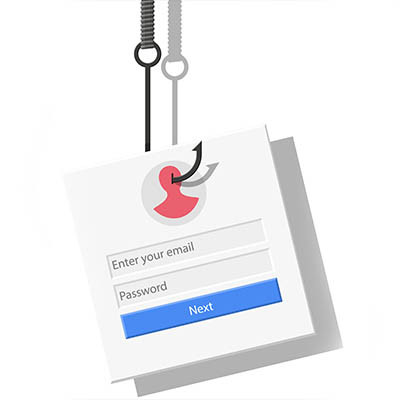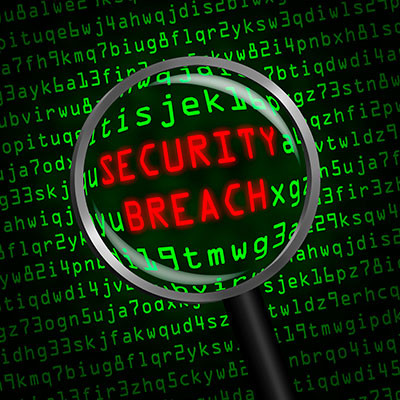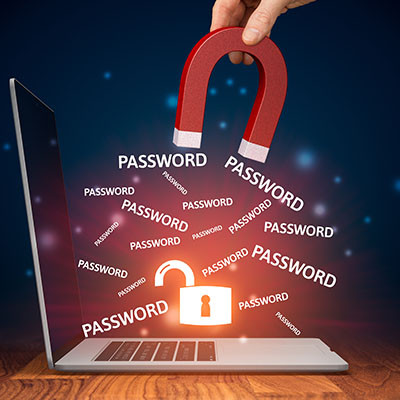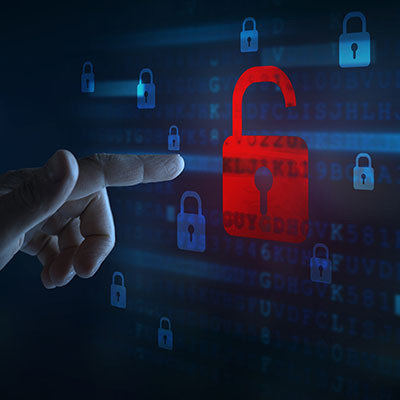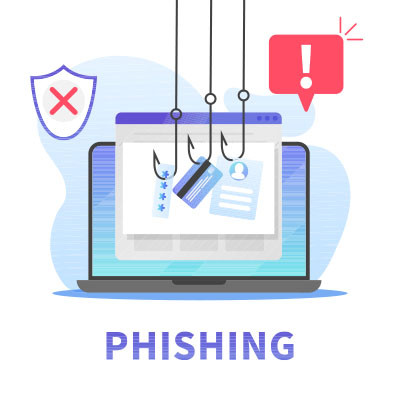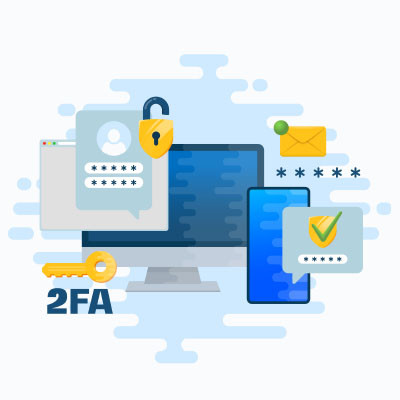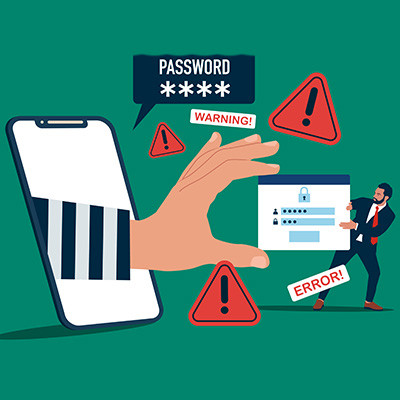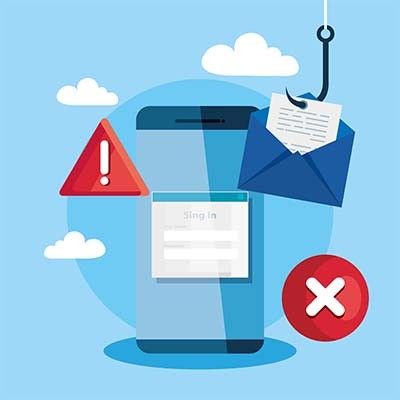Master Solutions Blog
If you are like most people, you are probably juggling a million things at work, and when an email pops up from your boss, your instinct is to take it seriously. Hackers know this, and they're getting good at creating fake emails that look exactly like they're from your manager to get you to make a mistake and give them what they need to access your digital accounts and the data that lies therein.
There are a lot of sketchy parts of the Internet, but the sketchiest of all might be the Dark Web. Located on a part of the Internet that search engines don’t index and inaccessible to most web browsers, the Dark Web is a place where cybercriminals thrive. It’s a place where stolen data is put up for sale, and if you’re not careful, your business could be next.
Unfortunately, cybersecurity is one of the most important topics to consider in today’s business world. A recent survey has shown that the majority of security leaders—approximately 67% of those surveyed—don’t know what caused a cybersecurity incident at their business. This is a shockingly high number that cannot be ignored, so let’s look at why data breaches are so challenging to identify and address.
That’s not hyperbole. This isn’t some click-bait title to try to get you to care about cybersecurity. A password you use has certainly been stolen, and statistically, more than one of your passwords has likely been compromised.
How this affects you depends on a number of factors, so let’s get into that, and talk about how you can protect your identity, your business data, your customers, and prevent a whole lot of problems.
As cyberthreats become more advanced, businesses must take proactive steps to address them. Cyberattacks can have devastating effects, making it crucial to enhance employees’ awareness of online threats. This month, we examine the top three IT security challenges businesses face and how to combat them effectively.
Phishing scams are one of the most common (and insidious) problems you and your team may encounter. While it may seem simple to avoid a phishing attack, the truth is that many of these schemes are highly sophisticated and are constantly evolving to become more so.
Imagine this scenario: amidst your daily routine, an email arrives in your inbox, seemingly from a cybersecurity company. The alarming assertion is that you've become the target of a hacking attack. Despite lacking IT expertise and being unfamiliar with your security agency's procedures, you trust the message and respond promptly. Unbeknownst to you, the email is a shrewdly disguised cyberthreat, ensnaring you in their trap.
Data security is one of those things that you have to stay out in front of. Hackers and scammers are changing tactics and getting a little more sophisticated as time goes on and it creates a pretty difficult situation for most IT administrators. Utilizing multi-factor authentication (MFA), two-factor authentication, or whatever it is called by the application you are using has become a great way to add an extra layer of security to organizational data protection efforts. Today, we will discuss the benefits of this strategy and why it isn’t a be-all, end-all to your overall security.
It should come as no surprise that one of the biggest online retail days of the year also incites a lot of scams and threats targeting not just consumers, but online businesses as well. Let’s go over some of the major statistics surrounding online retail scams and what you should know as you navigate the post-holiday chaos.
Social media has become deeply ingrained in today’s culture, from business to personal connection. Businesses stake their reputation on the platforms, and individuals and families use them to connect with one another in ways they never were able to before. This is why it’s so scary to think about what would happen if an account were hacked or taken over.
Let’s look at how social media hacks are disruptive and potentially catastrophic to a business owner.
When it comes to who is victimized in cybercriminal efforts, there may be a few stereotypes and presumptions that a lot of people may hold. A recent report, Oh, Behave!, released by the National Cybersecurity Alliance and Cybsafe, shows that the real victims of many forms of cybercrime aren’t who many would expect.
Phishing messages are one of the scarier threats out there, especially when you consider that they force you to be on edge about most messages you receive, regardless of how sound they might appear to be. Thankfully, there are various telltale signs that you can look for when analyzing the messages you receive on a daily basis that can clue you in on some of the more suspicious phishing messages.
Have you ever heard of what’s called a phishing attack? These are scams that are designed to trick users into handing over sensitive credentials by appearing to be someone else. However, some types of phishing scams are much more dangerous than others, with some hackers feeling ambitious enough to pull in “a big catch.” These types of attacks are called “whaling,” or the imitation of executive authority in order to get what they desire.

